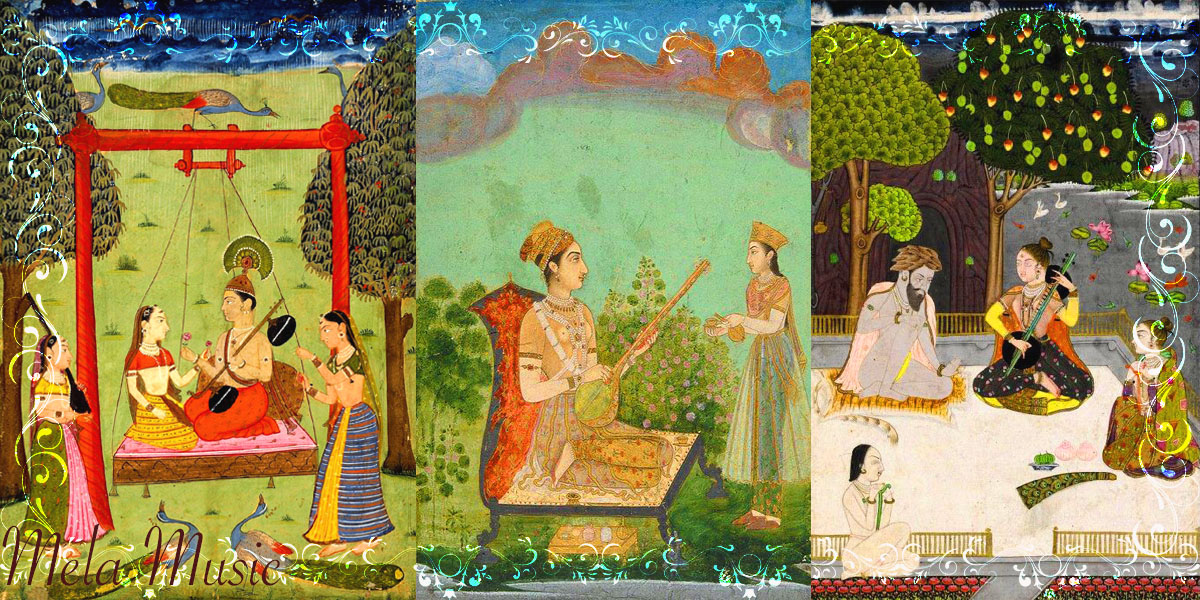
Raga Bilaskhani Todi is a captivating and emotive raga in Hindustani classical music. It is categorized under the Bhairavi thaat and is performed in the morning. Bilaskhani Todi is known for its melancholic and introspective nature, evoking a deep sense of pathos and longing.
The raga derives its name from the legendary musician, Tansen’s son, Bilas Khan, who is believed to have composed the raga.
Bilaskhani Todi is known for its complex and intricate melodic movements. It emphasizes the lower notes, particularly the komal Gandhar, which contributes to its somber and pensive mood. The use of gamakas (graceful oscillations) and meends (glides) adds depth and expressiveness to the rendition of this raga.
Musicians explore the various nuances and improvisational possibilities within Bilaskhani Todi, expressing a range of emotions, including sadness, yearning, and introspection. They emphasize the unique phrases and characteristic melodic patterns that define the raga’s identity.
Bilaskhani Todi has been widely appreciated and performed by classical musicians. It offers ample scope for creativity and expression, allowing musicians to showcase their skill and artistry. Compositions in Bilaskhani Todi are composed with meticulous attention to its unique melodic features, and they contribute to the rich repertoire of Hindustani classical music.
In conclusion, Raga Bilaskhani Todi is a poignant and introspective raga. It is characterized by its distinctive melodic phrases and complex movements. The raga evokes a sense of longing and melancholy, offering musicians and listeners a profound emotional experience. Bilaskhani Todi holds a significant place in Hindustani classical music and continues to captivate audiences with its deep and soul-stirring melodies.
